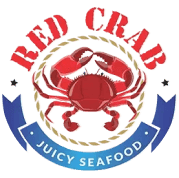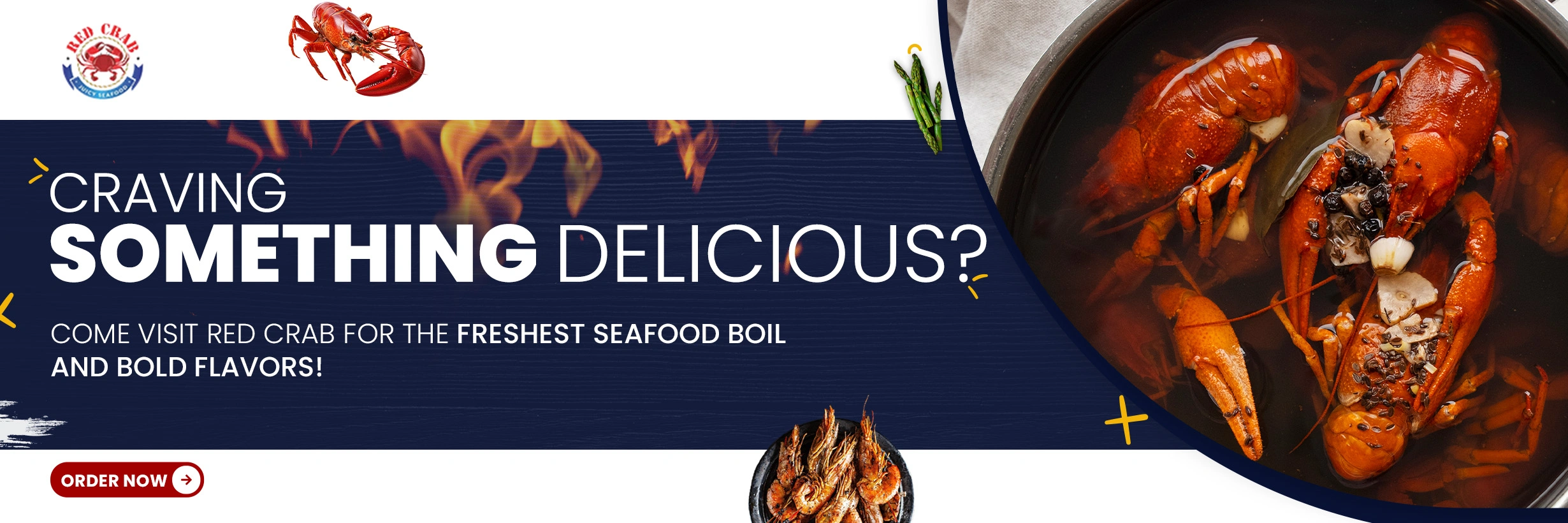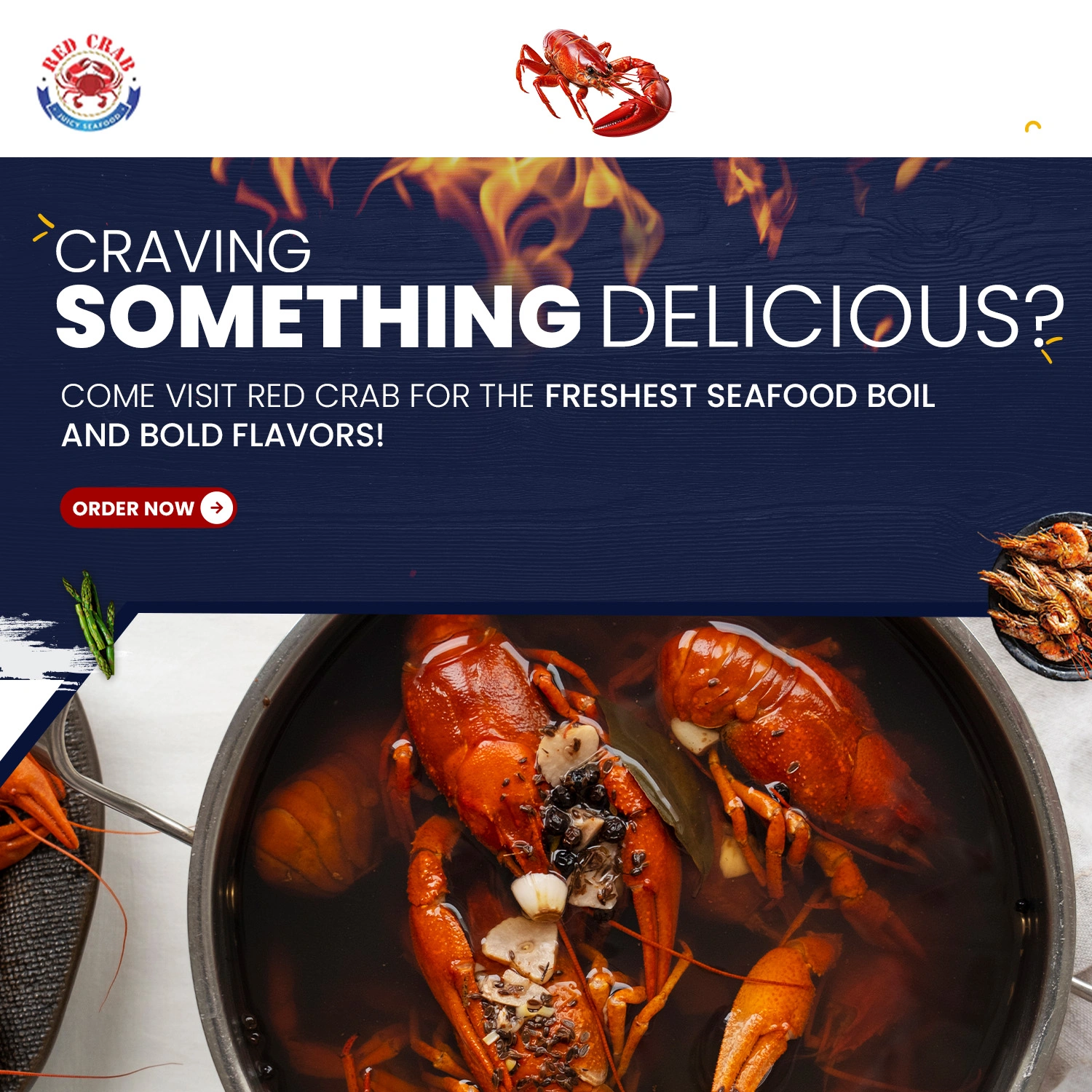Myths Busted! De-Bunking Common Myths About Raw Oysters
To clear up any misunderstandings about the famous shellfish “oysters“, we at Red Crab Juicy Seafood Restaurant have set out to dispel the common myths about raw oysters. We want to encourage our customers to safely enjoy fresh and delicious raw oysters all year round!
So let’s get right into it! What’s the wait? Our blog here is centred around facts that will help you understand and familiarize yourself with what you are eating. This way you can make an informed decision instead of avoiding raw oysters altogether!
Table of Contents
To ensure complete transparency and clear up any misconceptions, we have enlisted the help of industry experts to debunk common myths about raw oysters. Let’s take a closer look at these myths and discover the truth behind them!
Myth #1: Avoid Oysters Harvested in Months without the Letter 'R'
In the past, it may have been a good rule to follow, but with advancements in refrigeration, this myth is no longer valid.
Warmer waters increase the chances of vibrio vulnificus, a bacteria that can make people sick after consuming raw oysters. However, following the FDA’s guidelines, Red Crab‘s suppliers cool oysters as soon as they’re harvested. This means that whether it’s July or December, raw oysters are safe to eat.
As long as oysters are harvested properly before 10 a.m. and consistently kept at a temperature of 45 degrees throughout their journey until they’re served. This way there should be no risk of illness. Illness occurs when the cold chain is broken. By working with reliable suppliers, this risk is minimized.
Temperature is not the only factor affecting oyster safety. This myth also relates to the oyster‘s behaviour during different months and whether they are wild or farmed.
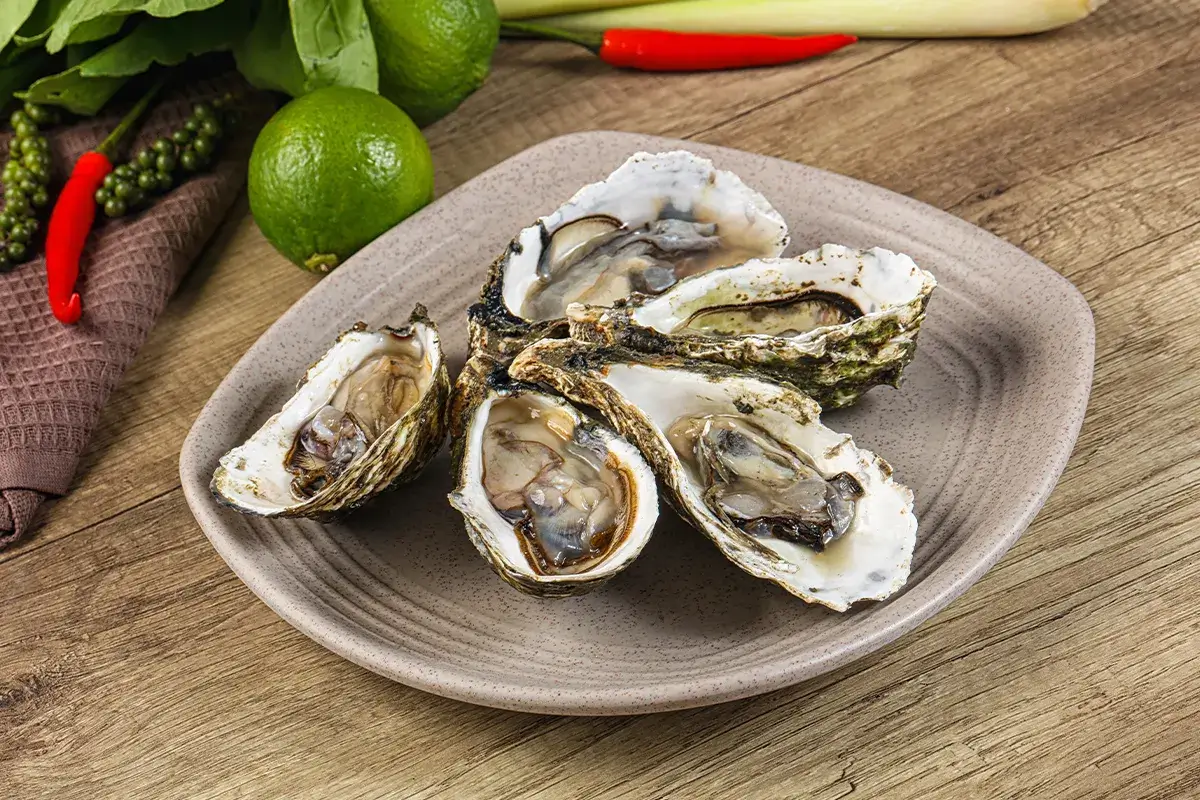
Myth #2: Eating Raw Oysters Causes Illness
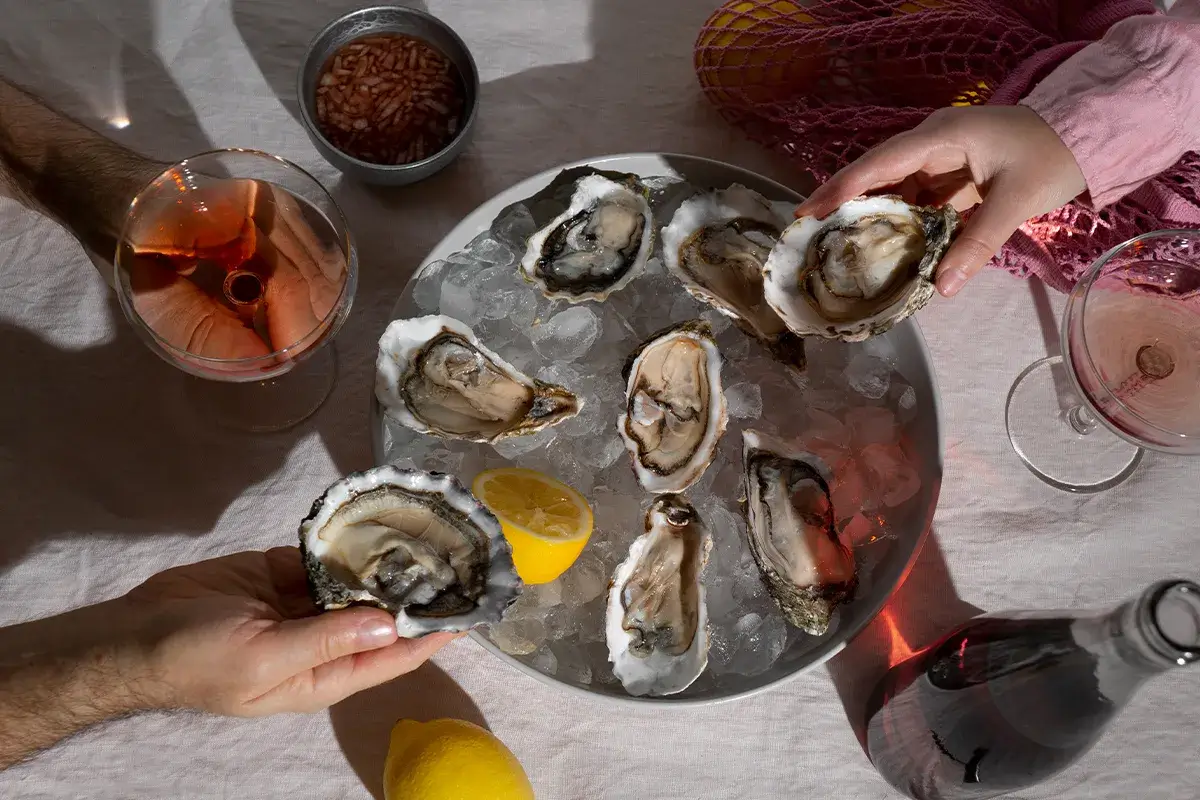
While consuming an excessive number of raw oysters in one sitting may lead to discomfort the following day, the same is true for overindulgence in any food. Red Crab Juicy Seafood Restaurant, like other expert shellfish establishments, follows CDC guidelines for handling shellfish. Raw oysters can potentially cause illness, but when properly harvested and cooled, the risk is low. If the idea still makes you nervous, you can enjoy oysters fried, steamed, or chargrilled to alleviate concerns.
Additionally, consider the handling and processing involved with alternative proteins like chicken or beef at a restaurant. With oysters, once you crack open that shell, you’re the first person to touch what you’re about to eat. What could be fresher?
The great part is, there’s nothing fresher you can consume than raw oysters. It hasn’t been touched by anyone but you. While some people find a sense of security in processed food, oysters are incredibly fresh. There’s nothing between you and the oyster!
Myth #3: Oysters Are an Aphrodisiac
This persistent myth suggests that oysters have the power to heighten sexual desire, but the truth is a bit more complex. While oysters are often associated with being an aphrodisiac, there is no scientific evidence to fully support this claim. The belief may have emerged from the fact that oysters are a good source of zinc, a mineral known to play a role in testosterone production.
However, the connection between oysters and increased libido is still a subject of debate among researchers. It’s important to recognize that romantic feelings and desire are influenced by numerous factors, including personal experiences and emotions. While oysters may be enjoyed in the context of a romantic evening or special occasion, their direct impact on arousal remains uncertain.
So, while indulging in raw oysters can certainly be a delightful and sensual experience, attributing magical aphrodisiac properties solely to these delectable mollusks may be more of a myth than a scientific reality.
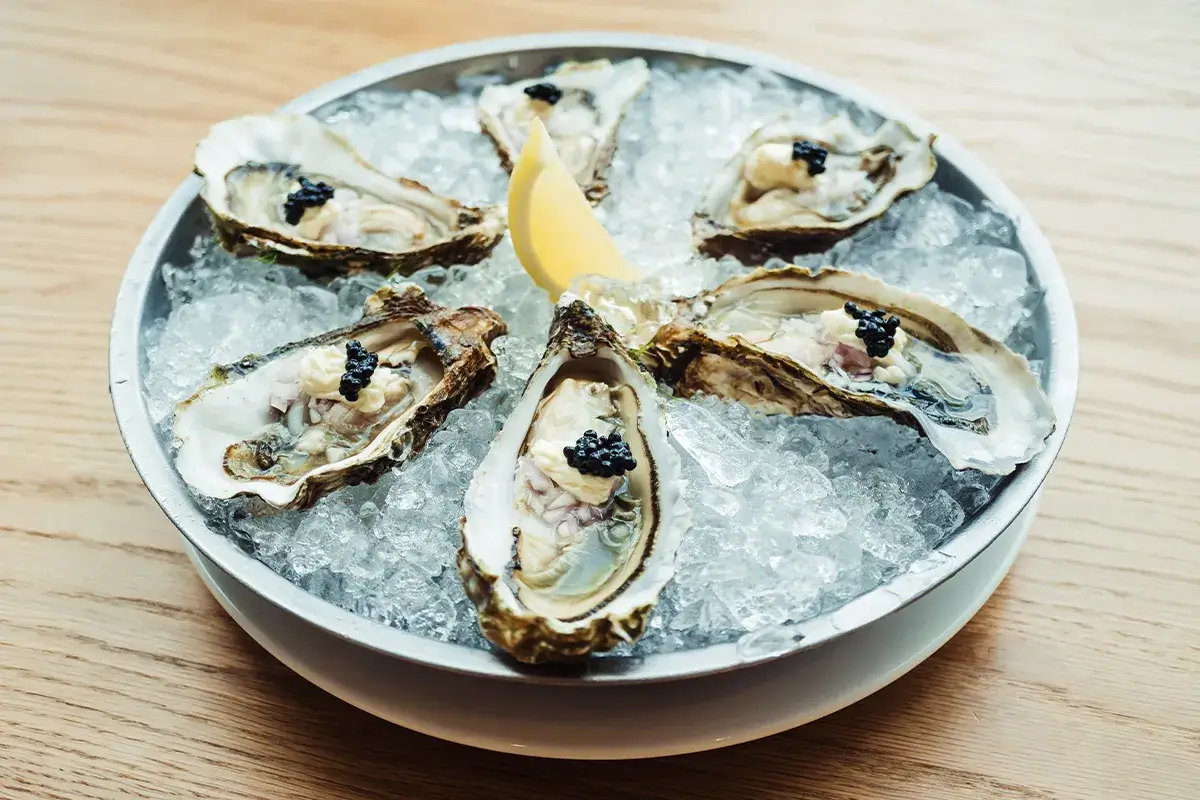
Myth #4: Dousing Oysters in Hot Sauce Kills Bacteria
We find this myth particularly amusing, but basic science disproves it. Drowning oysters in hot sauce has the same effect as rinsing them under water. Similarly, pairing them with wine or alcohol won’t kill bacteria either. The only way to eliminate harmful bacteria is through prolonged exposure to high temperatures.
Myth #5: Bigger or Pricier Oysters Are Better
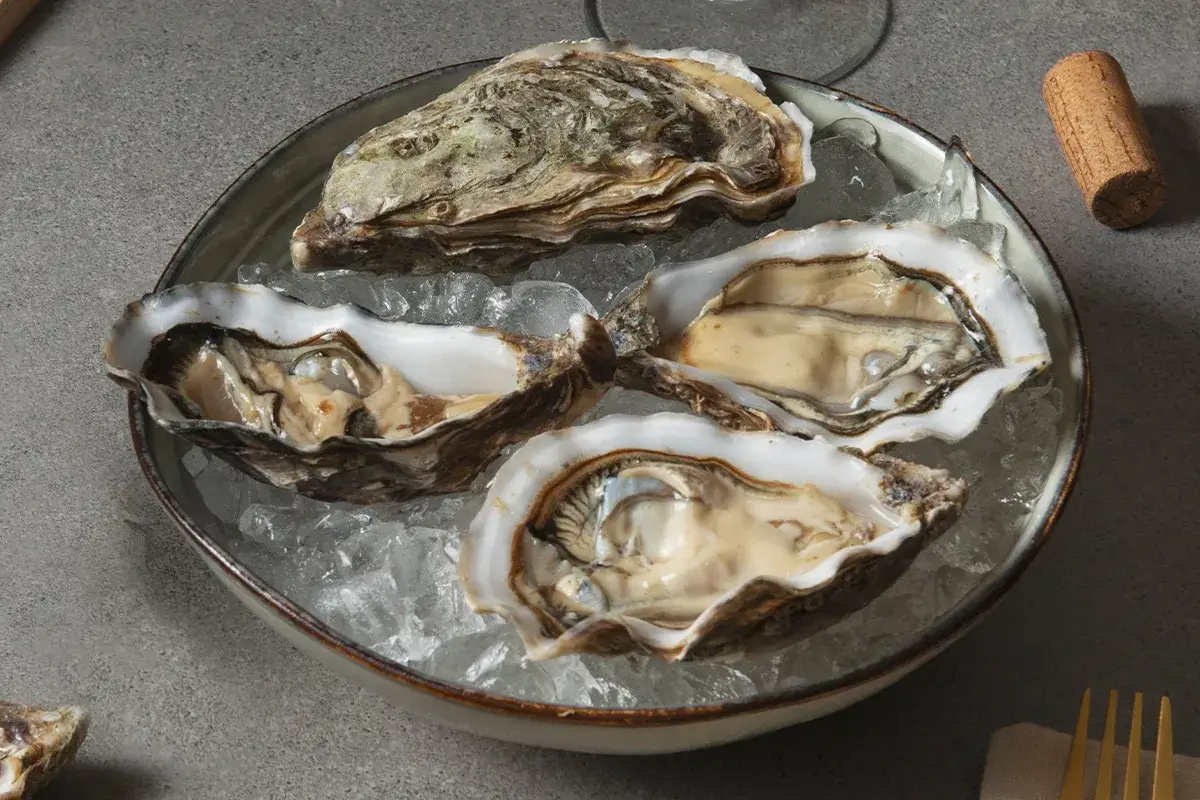
When it comes to evaluating an oyster‘s quality, size and price are not significant factors. Time is the crucial variable. Our protocol is to seek out fresh oysters. Like any living commodity, they have a shelf life that immediately diminishes over time. Size doesn’t affect an oyster‘s flavor profile. There are over 24 different types of oysters, and categorizing them solely based on size doesn’t work.
To determine freshness, ask your fishmonger or oyster shucker about the harvest date, which can be found on the bag tag accompanying every bag of oysters. Growers are required to provide this information, and sellers must keep it on hand.
To determine the freshness of our oysters, at Red Crab we provide information about the harvest date. Simply ask our knowledgeable staff, and they will be happy to assist you. This way, you can enjoy the ultimate oyster experience at Red Crab Juicy Seafood Restaurant.
Myth #6: Oyster Consumption Harms the Environment
Many people believe that consuming oysters has a negative impact on the environment. However, the truth is quite the opposite. Oyster reefs are not only fascinating structures but also provide vital natural habitats for a variety of marine life. These reefs help create a healthy ecosystem and play a crucial role in purifying our water.
What’s interesting is that approximately 98% of the oysters we consume are actually farm-raised. The oyster farming industry has made significant strides in adopting sustainable aquaculture methods. This means that the majority of the oysters you enjoy at Red Crab come from responsible sources.
By consuming oysters, you are actively supporting the hard work of oyster farmers and their commitment to maintaining clean and thriving bays. It’s a remarkable cycle-your enjoyment of oysters contributes to the preservation of our natural environment.
So, instead of believing that oyster consumption harms the environment, let’s embrace the fact that eating more oysters actually benefits our ecosystems. Join us at Red Crab and indulge in these delectable delights while also playing a part in promoting cleaner and healthier waters.
Since ironically, consuming oysters helps the environment by supporting those who advocate for clean bays, let’s eat more oysters!
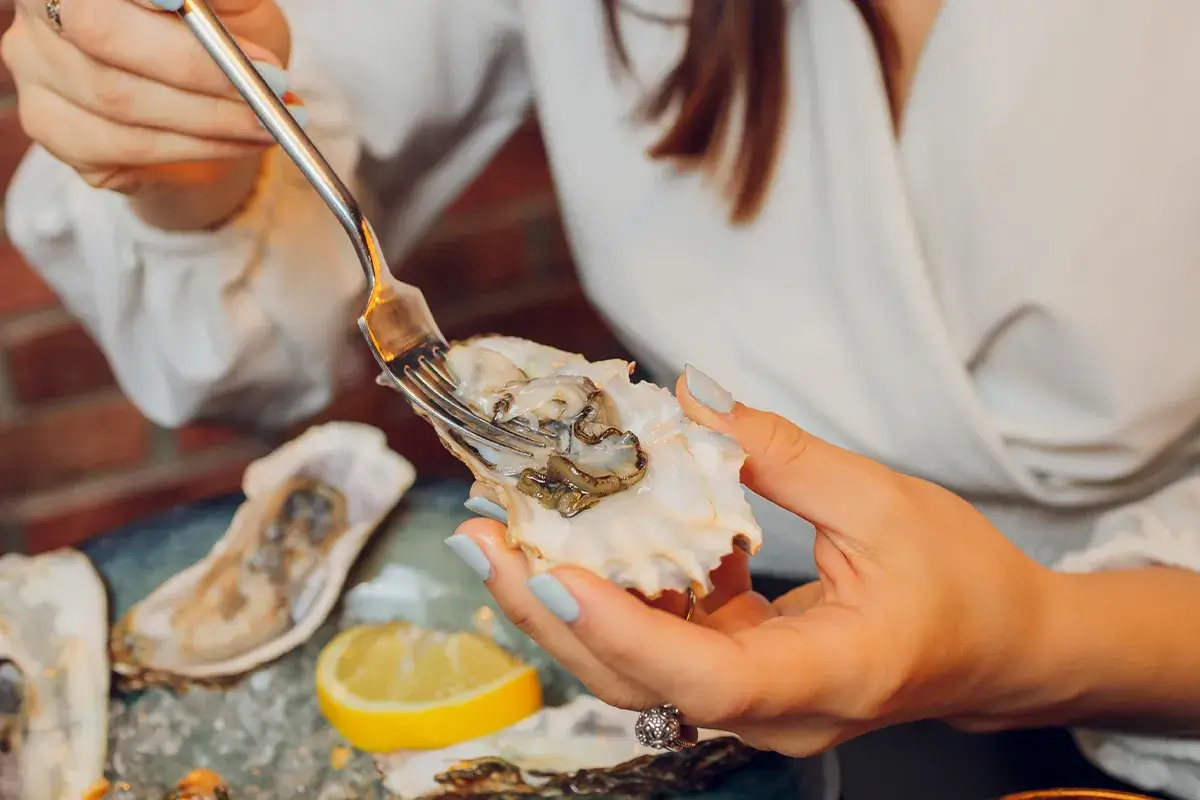
Myth #7: Oysters Pair Best with Champagne or Wine
While oysters have traditionally been paired with Champagne, Sauvignon Blanc, or Chablis, it’s time to break free from this conventional belief. At Red Crab Juicy Seafood Restaurant, we invite you to explore alternative beverage options that can beautifully complement the flavors of raw oysters.
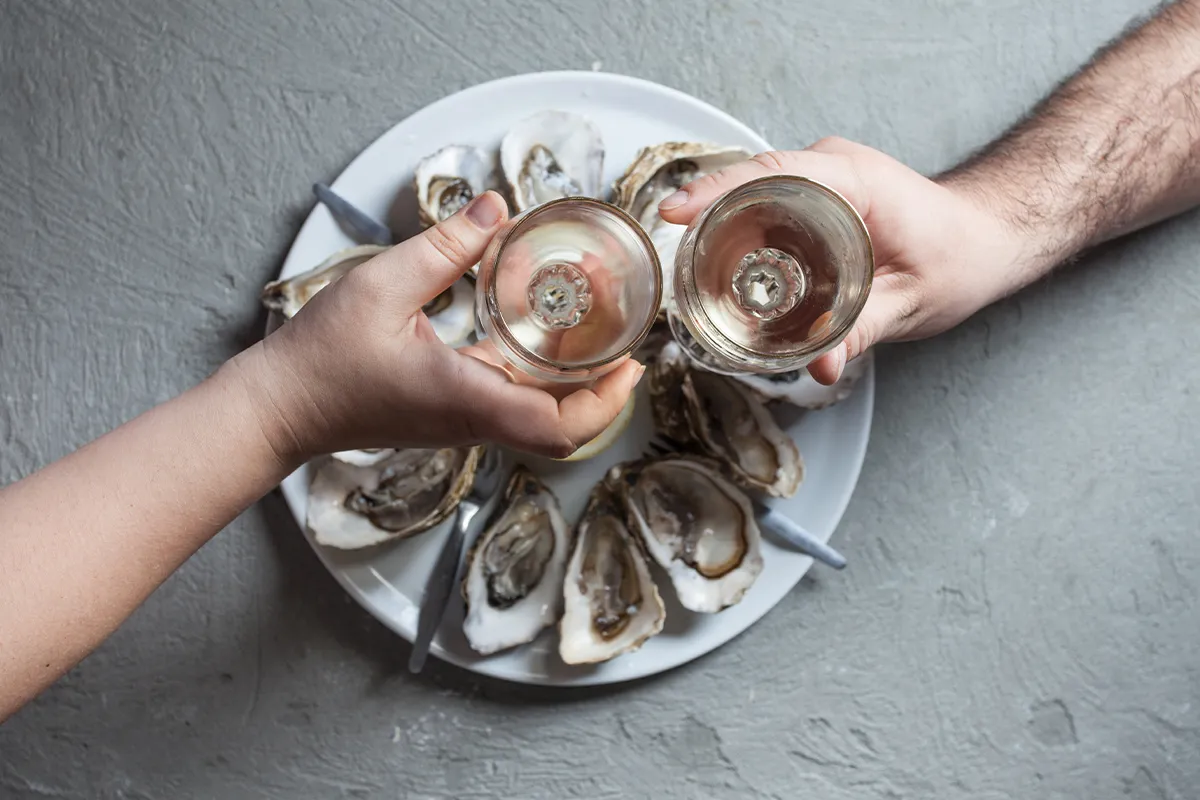
Consider the rising trend of oyster and beer pairings. Crafting beers with their diverse flavors can surprise and delight when enjoyed alongside raw oysters. From crisp lagers to hoppy IPAs or complex stouts, the world of beer offers endless possibilities to enhance your oyster dining experience.
Another exciting option is to venture into the world of sake. The delicate balance of sake’s subtle notes can perfectly harmonize with the creaminess and minerality of oysters. Whether you prefer West Coast oysters with their creamy textures or East Coast oysters with their saltier profiles, there is a sake waiting to elevate your oyster indulgence.
So, let go of the notion that oysters only pair well with Champagne or wine. We at Red Crab Juicy Seafood Restaurant encourage you to embrace a world of culinary exploration. Discover the diverse flavors that can perfectly complement the unique taste of raw oysters. Join us as we redefine the art of pairing, creating unforgettable moments of gastronomic delight.
The Difference Between Farmed and Wild Oysters
The distinction lies in whether you’re eating raw oysters harvested from a farm or caught in the wild. Oyster farms ensure that oysters are continuously active, giving them access to plentiful food sources that keep them healthy year-round. Unlike wild oysters, farmed oysters do not reproduce, which means they don’t shed a significant portion of their body mass in the spring. Thus, oysters sourced directly from farms truly make a difference.
Discover the Delights of Red Crab Juicy Seafood Restaurant!
Red Crab Juicy Seafood Restaurant is the place to be for all seafood lovers! If you’re a fan of delectable, juicy seafood, this is the ultimate destination for you. At Red Crab, we strive to provide a memorable dining experience with the freshest and most flavorful seafood dishes.
Our mission is to make seafood approachable and enjoyable for everyone. We believe in educating our customers about the seafood they’re eating so that they can make informed decisions and fully appreciate the culinary delights in front of them.
frequently asked questions
Are oysters safe to eat raw?
While raw oysters can contain harmful bacteria, proper handling and storage can reduce the risk of foodborne illness. If you’re concerned about the safety of raw oysters, consider cooking them before eating.
Do oysters contain pearls?
Can oysters be sustainably farmed?
Yes, oysters can be sustainably farmed using environmentally friendly techniques such as bottom culture and off-bottom culture. These methods have minimal impact on the surrounding ecosystem and can even improve water quality by filtering excess nutrients.
How can I determine the freshness of oysters?
To determine the freshness of oysters, ask your fishmonger or oyster shucker about the harvest date. Oyster bags typically come with a tag indicating the date of harvest. At Red Crab, we ensure that our oysters are sourced and handled with utmost care, providing you with the freshest selection possible.
Conclusion
Oysters hold a special place in our culinary world, offering not only a delectable taste but also a captivating history and culture. Throughout this discussion, we have debunked common myths and misconceptions surrounding raw oysters, shedding light on the truth behind these remarkable shellfish.
Armed with accurate information, you can now approach oysters with confidence. Knowing that they can be enjoyed safely year-round. The outdated notion of avoiding oysters due to the uprise of all the myths has been de-bunked. Join us at Red Crab in celebrating the true flavors and cultural significance of these marvellous creatures from the sea at enjoy your night!
